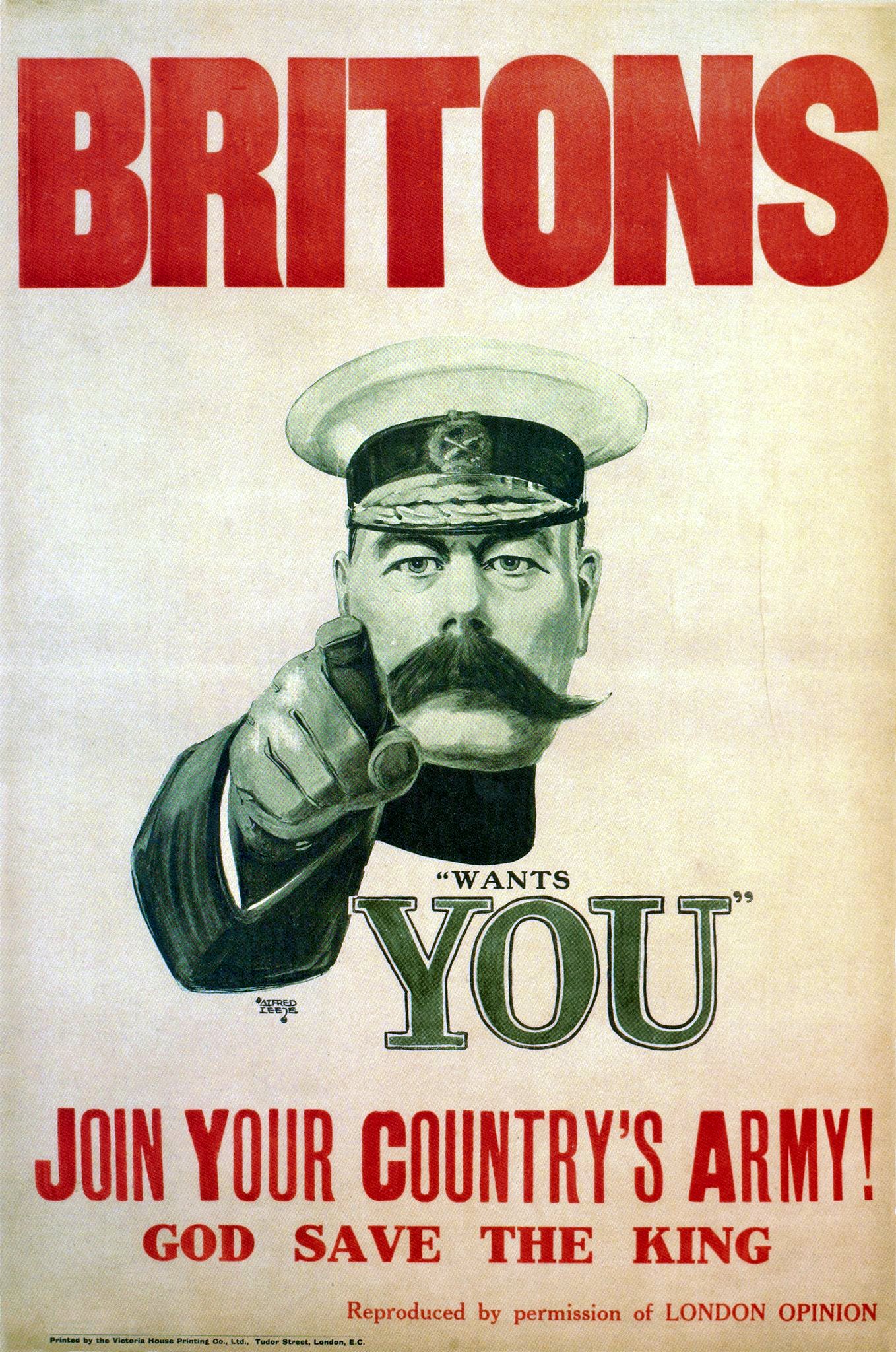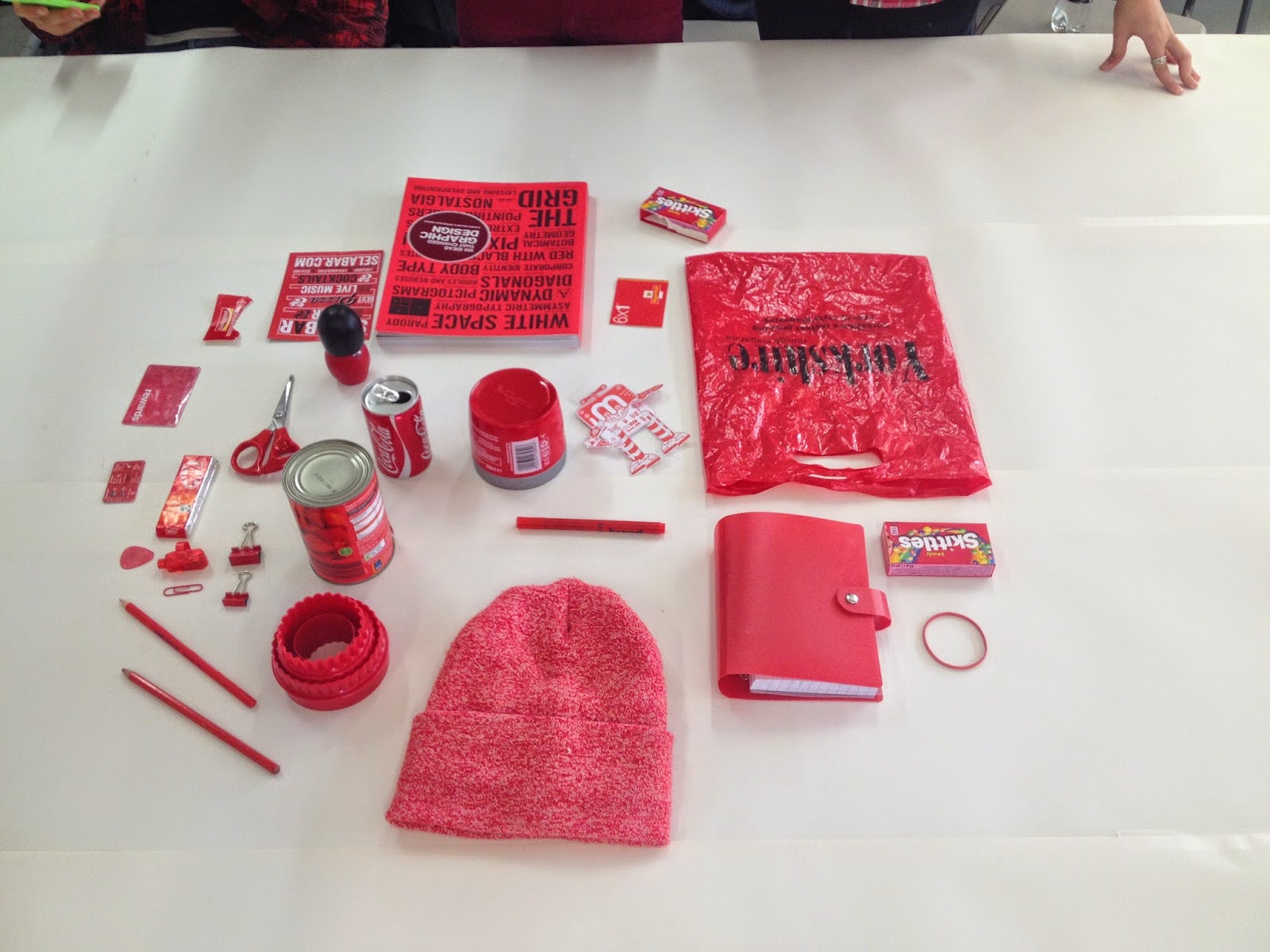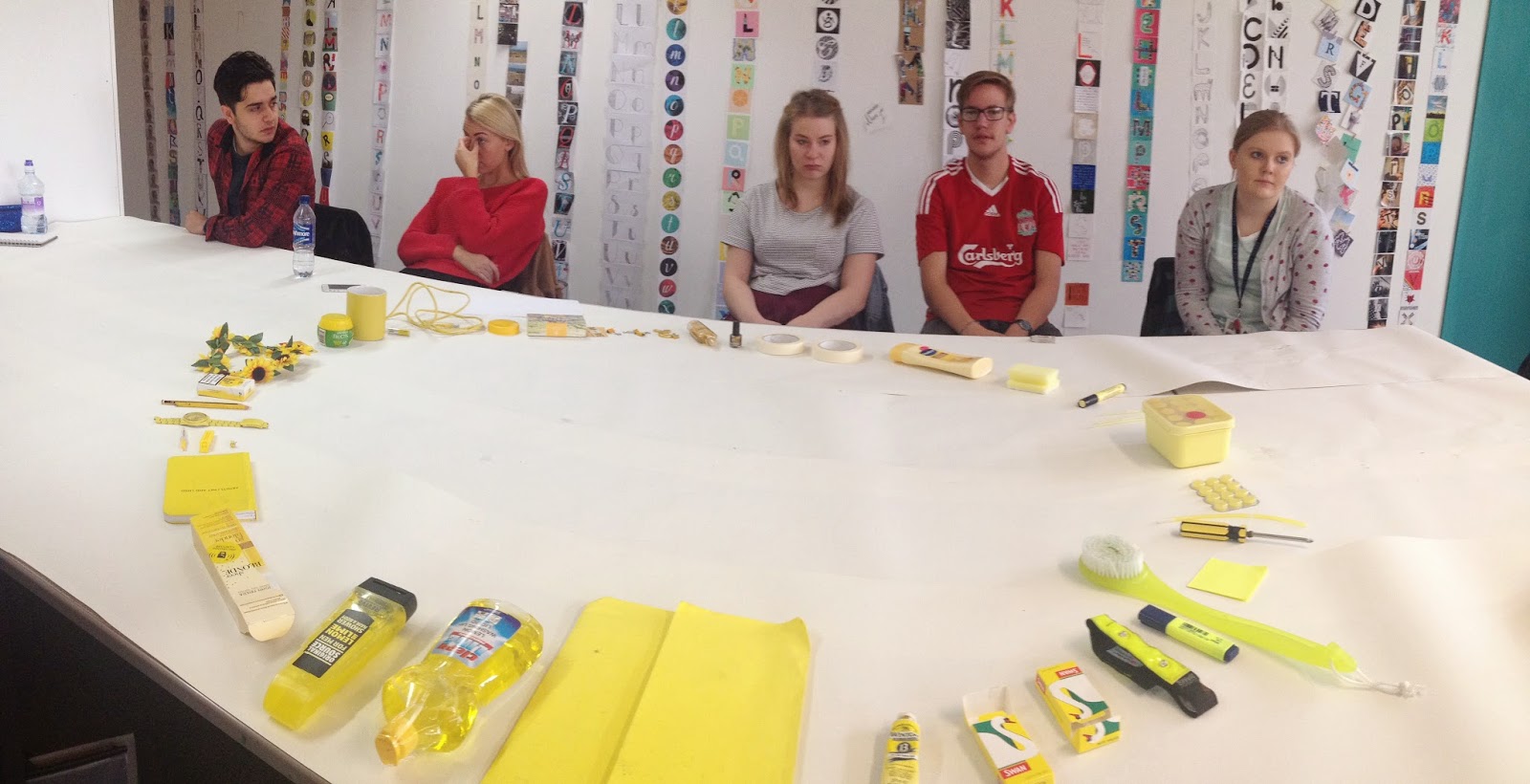HISTORY OF POSTERS
BROADSIDES
Posters began being published in the 18th century and were known as Broadsides. They were large pieces of paper with large lettering printed on one side and were used to issue public decrees, governmental notifications and a host of commercial and private announcements. Broadsides were produced quickly and crudely in large quantities before being distributed freely to town squares, taverns and churches. They were intended to have immediate impact and then to be discarded later.
Items like this that are printed for short term use are called ephemera. Slowly posters became more sophisticated as printing techniques and artistic movements evolved over time. This gave graphic designers and illustrators a medium to express their views and show their work to the general public on a large scale. Many of the typefaces used in these old poster designs inspired the new metal type on printing presses.
WOOD TYPE
Commercial pressure for large type was answered with the invention of a system for wood type production. Darius Wells invented a special wood drill, named the lateral router, in 1827 which was capable of cutting letters on type high end cut wood blocks. The router was used in combination with William Leavenworth's pantograph (1834) to create decorative wooden letters of all sizes and shapes. In 1880 James Hamilton developed a method of adhering a veneer made of holly wood onto a pine base. Within a decade this was converted to the standard end cut method.
LITHOGRAPHY
Lithography was invented in 1796 by Alois Senefelder when he was searching for an alternative to expensive metal plate engraving. His method was drawing onto a limestone with a waxy crayon and offsetting that image onto paper. Later on, in commercial applications metal plates were used. The process of Lithography captures an artists true intention, but the image that is printed would be in reverse. So the posters lettering would have to be drawn backwards. An advantage of lithography was the ability to hand draw lettering, opening the way for type design in lots of different styles. The lithography technique was arguably championed by Jules Cheret, who created the famous french style lithographs such as the one for Moulin Rouge.
 |
| 1897 Poster for 'Chocolat Ideal' lithograph 117 x 78 cm |
I found a really interesting video on lithography on Youtube:
CUBISM
In the late 19th and early 20th century, illustration overtook large type within posters and simple imagery was used to get across messages. It was greatly inspired by the cubism movement and the invention of the airbrush in 1876. One pioneer of this style of posters was A.M. Cassandre, his iconic style is very recognisable, with bold colours and his use of the airbrush. I love the use of geometric shapes in his work, especially in the poster below, it looks like he started with a large rectangle in the middle of the page and then formed the ship around it. This very simplistic, illustrative style is still popular today and many people still try to imitate it.
In the late 19th and early 20th century, illustration overtook large type within posters and simple imagery was used to get across messages. It was greatly inspired by the cubism movement and the invention of the airbrush in 1876. One pioneer of this style of posters was A.M. Cassandre, his iconic style is very recognisable, with bold colours and his use of the airbrush. I love the use of geometric shapes in his work, especially in the poster below, it looks like he started with a large rectangle in the middle of the page and then formed the ship around it. This very simplistic, illustrative style is still popular today and many people still try to imitate it.
A.M. Cassandre's work vs a modern interpretation.
FUTURISTS
The Futurist design was very typography based, however they despised the use of grids and normal design conventions. They loved violence, speed and dynamics and this showed within their work. Particularly in Fillippo Tommaso Marinetti's posters it seemed almost like the letterpress had exploded while printing, creating a jumble of letterforms on the page. (Words in Liberty 1913)
DADA
The dadaist graphic designers worked mainly in 'photomontage' - the combination of two or more photographs onto a single image. Although earlier artists had used photomontage the Dada method took new meaning as the images original intent was shifted to an unintended message. It is interesting that the letterforms and words within these montages were included as part of the composition rather than to convey a message or word.
PROPAGANDA
Posters played a huge roll in the First and Second World Wars in terms of rallying the people together and promoting joining the army. Probably the most famous being Alfred Leete's 1914 poster depicting Lord Kitchener pointing at the viewer. This poster took the war to the people and made them feel personally involved with the finger pointing at "YOU".
This poster was copied in many ways for other wars including the civil war in America only 3 years later by James Montgomery Flagg, but depicting Uncle Sam instead of the English Lord Kitchener.
The use of the pointing finger was so effective that it was used a third time in a Russian propaganda poster by Dimitry Moor in 1920.
Posters were an excellent medium to get across clear messages to the population and inspire many. In my opinion, without the propaganda used during WW2 the morale of England would have been very low.
DE STIJL
De Stijl, or neoplasticism, was a Dutch art movement founding in 1917 in Amsterdam. The movement proposed ultimate simplicity and abstraction through which they could express a Utopian idea of harmony and order. This harmony was created by using only geometric shapes, primary colours and abstraction. Below (Construction de l'espace, Temps III) you can see how one of the main artists of the movement, Theo van Doesberg, used simple geometry on a page to create a 3D looking shape. The use of white and the primary colours on this yellow-brown paper makes it look even more 3D by jumping out of the page at you.








































